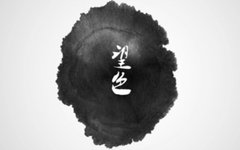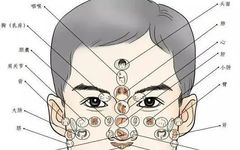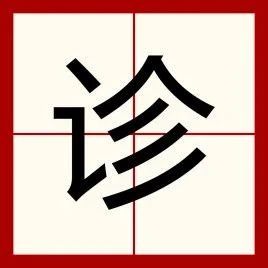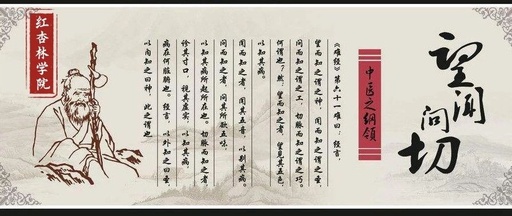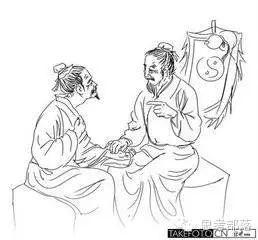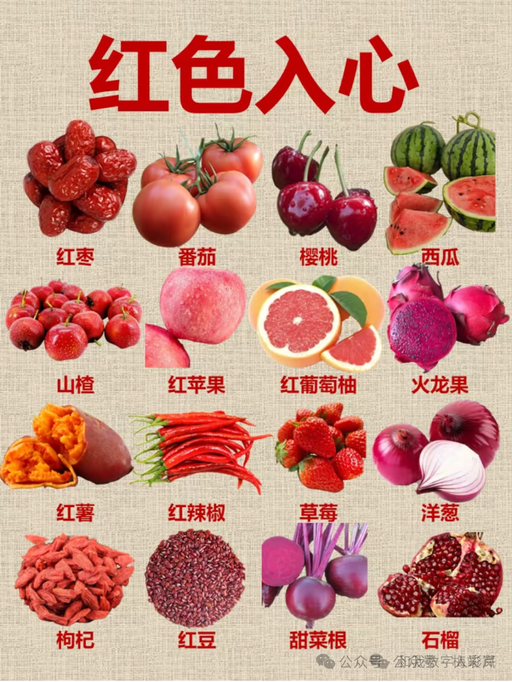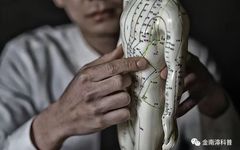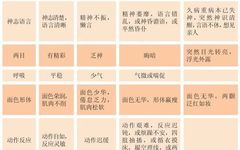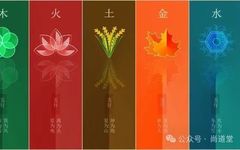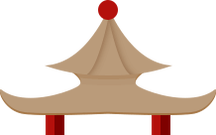Traditional Chinese Medicine Diagnosis | Observation Diagnosis – Observing Color
Traditional Chinese Medicine Diagnosis – Observation Diagnosis Observing Color Today we will learn about the second part of whole-body observation diagnosis – observing color. Color refers to the hue and luster. Observing color involves examining the changes in skin color across the patient’s body, primarily focusing on the changes in facial skin color to assess … Read more

